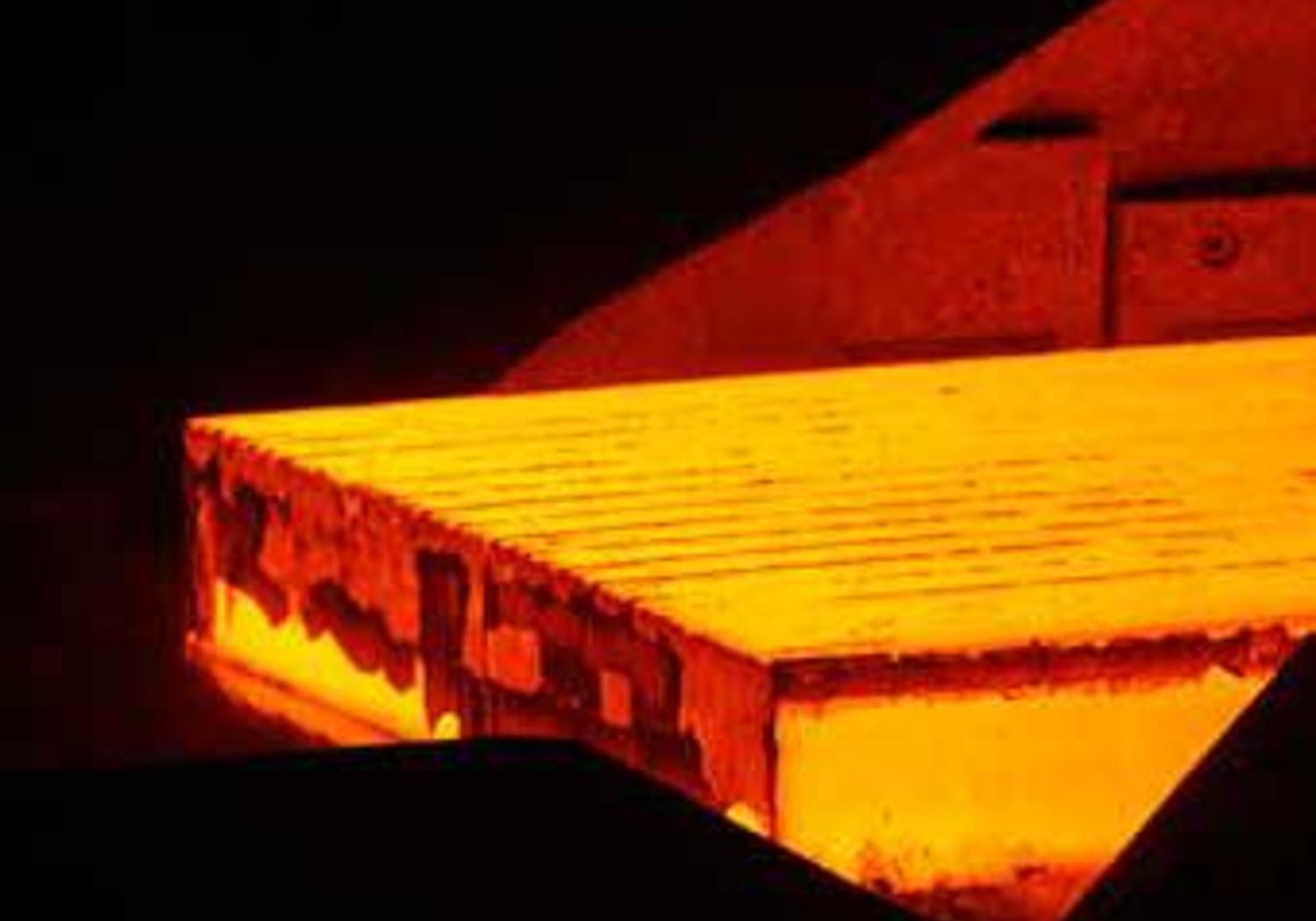Implementing the new kelvin
Short Name: InK, Project Number: SIB01
Direct measurements of extreme temperatures: A new way to measure temperature
Temperature measurements are difficult above 1300 K, typically present in iron, steel, and glass manufacture, and at the low temperatures used in the cryogenics industry and for quantum information processing research. Research is needed to make the redefined SI kelvin based on fundamental properties accessible to all users.
The EMRP project Implementing the new kelvin (InK1) addressed some of the challenges associated with practically generating and measuring thermodynamic temperature, particularly at the extremes of the international temperature scales.
The project:
- Constructed high temperature fixed points of precisely known melting points to enable reliable transfer of thermodynamic temperature to 2750 K.
- Developed methods for realising and transferring traceable thermodynamic temperatures above 1300 K directly, without using temperature scales and is now recommending two approaches to the thermometry community for use.
- Determined the difference between thermodynamic temperature values and ITS-90 using acoustic and dielectric constant methods and achieved the lowest levels of uncertainty to date between 25 K to ~303 K.
- Determined the difference between thermodynamic temperature values and PLTS-2000 using three thermodynamic methods over the higher temperature part of its range (that means above 0.02 K to 1K). This in part provides the foundation for the future use of thermodynamic temperature in this range without reliance on a temperature scale.
This project has established new fixed points as reliable high temperature standards and demonstrated the feasibility of using thermodynamic temperature methods for direct temperature traceability independent of the ITS-90 temperature scale. Research will continue in the follow on EMPIR project InK2 to develop the facilities, thermometry methods and documentation that will need to be in place to support the redefinition of the kelvin. Work is ongoing for both extending the low uncertainties achieved in InK1 across the range of the ITS-90 and, in addition, down to the lowest point of PLTS-2000 (0.0009 K) and so understand and resolve the current discrepancy in data on which the PLTS-2000 is founded. These are the necessary first steps for the practical implementation of the kelvin using thermodynamic temperature with the long term aim of making direct traceability to the redefined kelvin available to a wide variety of users in industry, medicine, meteorology and scientific research without recourse to any defined scale.
EMPIR projects 15SIB02 INK 2 and 18SIB02 Real-K build on this work.
- News: Royal Society meeting led by EMRP project partner “Towards implementing the new kelvin”
- News: Graham Machin gives keynote presentation at major temperature conference
- News: New primary method for temperature measurement moves a step closer
- News: Invited keynote address on EMPIR research about realising the redefined kelvin
Philos Trans A Math Phys Eng Sci
Philosophical Transactions of the Royal Society A
Philosophical Transactions of the Royal Society A
Philosophical Transactions A
AIP Conference Proceedings
Philosphical Transactions of the Royal Society A
Philosophical Transactions of the Royal Society A
Philosophical Transactions of the Royal Society A
Philosophical Transactions of the Royal Society A
Philosophical Transactions of the Royal Society A
Phiolosophical Transactions of the Royal Society A
International Congress of Metrology
International Journal of Thermophysics
International Congress of Metrology
Metrologia
Metrologia
Metrologia
Metrologia
Physical Review A
Metrologia
Optics Express
Int J Thermophys
Int J Thermophys
Int. J. Thermophysic, 2014
J . Chem. Phys
Journal of Molecular Spectroscopy
Optics Letters
Physical Review A
Int J Thermophys
International Journal of Thermophysics
Journal of Low Temperature Physics
AIP Conference Proceedings
New Journal of Physics
AIP Conference Proceedings
AIP Conference Proceedings
AIP Conference Proceedings
AIP Conference Proceedings
Measurement Techniques
Measurement Techniques
Physical Review Letters
International Journal of Thermophysics
Proceedings of NEWRAD 2011
International Journal of Thermophysics
